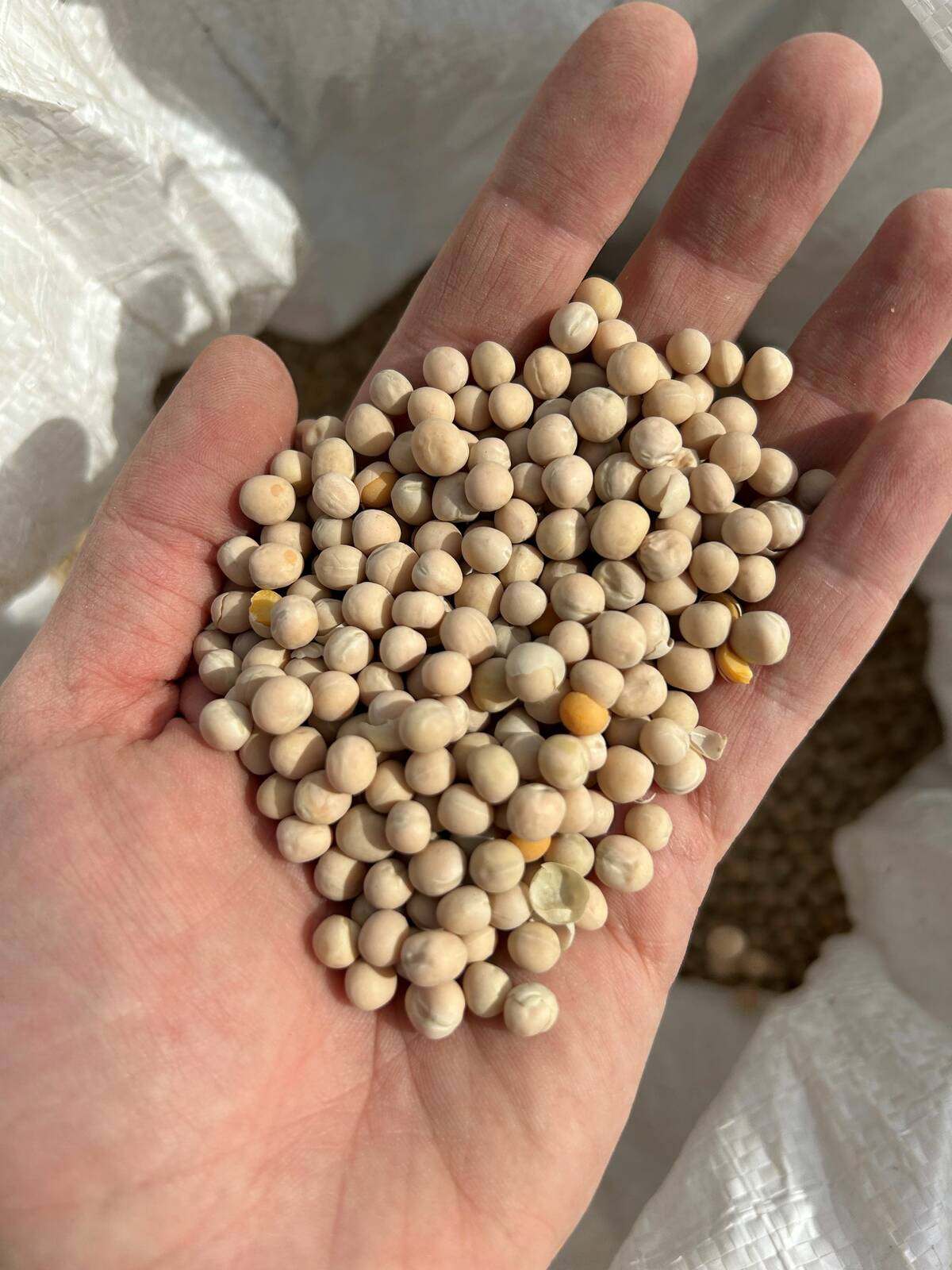A water-based formulation of a herbicide used to fight grasses and some broadleaf weeds in corn crops in Eastern Canada has picked up federal approval for use in soybean crops there.
BASF Canada announced an expanded label Monday for Prowl H2O, a Group 3 pendimethalin herbicide in a microcapsule suspension.
The new registration allows for pre-planting application of Prowl H2O in combination with glyphosate against grassy weeds and "select" broadleaf weeds in identity-preserved and glyphosate-tolerant soybeans.
"GT soybean growers will have more time to get the in-crop glyphosate applied, while IP growers have a new mode of action to complement existing programs like Conquest and Clean Sweep for fewer re-sprays," Andrew Elgersma, BASF’s marketing manager for eastern herbicides, said in a release.
Read Also

Pulse Weekly: No upside for peas until after New Year
Prices for green and yellow peas have dropped back across the Prairies over the last week. One of the major downward drivers was the Statistics Canada production report released earlier this month, said Levon Sargsyan of Johnston’s Grain in Calgary.
The water-based formulation, he said, allows "excellent residual activity on a variety of tough weeds such as crabgrass, green foxtail, and lamb’s-quarters" as well as "improved handling and application with less staining and odour than original Prowl EC."
The newer formulation is also useful applied on coarse, sandy soils as it "binds itself to the soil particles to stay where it’s needed most," the company said.
In corn
Prowl H2O also picked up two other registrations for tank-mix combinations on glyphosate-tolerant corn crops: one with glyphosate, the other a combination with both Marksman (BASF’s Group 4 and 5 dicamba/atrazine product) and glyphosate.
Both of those registrations cover the tank mixes’ post-emergence application at GT corn’s one- to four-leaf stage, against barnyard grass, crabgrass, green foxtail, lamb’s-quarters and/or redroot pigweed. A Prowl H2O/glyphosate tank mix was previously allowed only to the pre-emergence stage.
Prowl H2O is not registered for use in corn or soybean crops in Western Canada, where its only approved use is in dry bulb onions on mineral soils.














